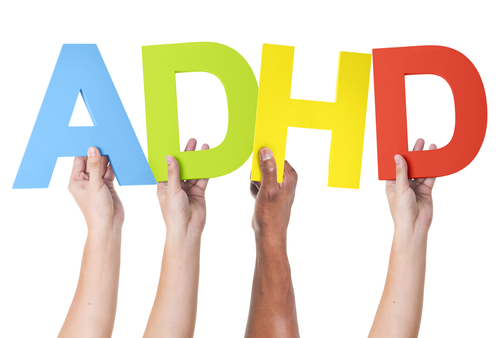
Photo: Shutterstock
The little tics that you may be tempted to correct in a child with ADHD may actually be essential to their ability to learn. According to a new study, children with attention-deficit/hyperactivity disorder (ADHD) remember and pick up information with the aid of certain repetitive movements such as foot-tapping or leg-swinging.
The study, which was conducted by the University of Central Florida, suggests that trying to forbid these movements could actually hinder their ability to memorize information and work out complex cognitive tasks.
Mark Rapport, head of the Children’s Learning Clinic at the University of Central Florida, and one of the study’s authors said, “The typical interventions target reducing hyperactivity. It’s exactly the opposite of what we should be doing for a majority of children with ADHD. The message isn’t ‘Let them run around the room,’ but you need to be able to facilitate their movement so they can maintain the level of alertness necessary for cognitive activities.”
In the study, 52 boys between the ages of 8 to 12 were chosen. While 29 of them suffered from ADHD, the other 23 had no clinical disorders and showed normal development. The children were each asked to perform certain tasks to measure their “working memory”. This refers to the method for temporarily storing and managing information needed to perform complex cognitive tasks such as learning, reasoning and comprehension.
Rapport said, “What we’ve found is that when they’re moving the most, the majority of them perform better. They have to move to maintain alertness.”
On the other hand, the kids who did not suffer from ADHD also moved more during the tests, but they performed worse. So for children who do not have ADHD, it would be better to train them to not fidget.
Previously, studies have indicated that hyperactive children have the tendency to move and fidget more than usual when they are using their brain’s executive brain functions, particularly their working memory. This new research further suggests that the movement is key in helping them grasp and retain information better.
This information should be useful in helping parents and teachers deal more constructively with children who have ADHD. Limiting movement could obstruct learning and children could score better on standardized testing if they were allowed some activity while learning, such as sitting on activity balls or exercise bikes.
Share your thoughts, leave a comment below. Please like FamiLife’s page on Facebook so that you get all our articles and others may find us.
